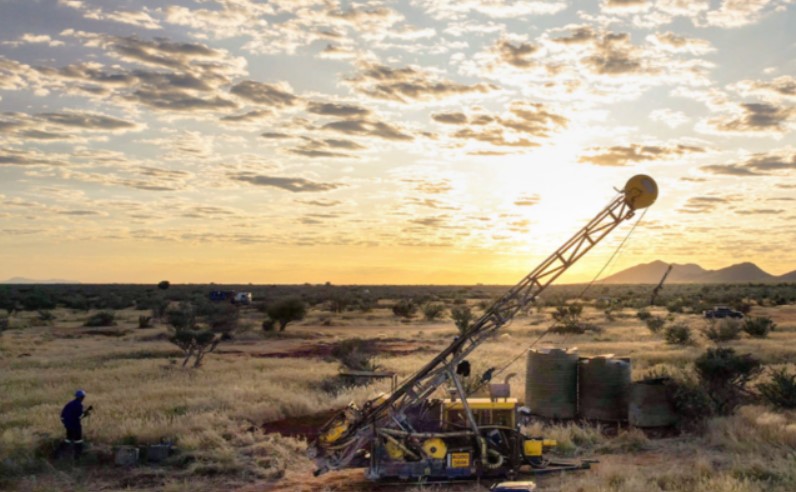Osino releases Twin Hills gold feasibility with AISC of $1,011/oz

Osino Resources (TSXV: OSI) released a positive feasibility study for its Twin Hills gold project in Namibia’s Damara orogenic belt. The deposit is described as a sedimentary-hosted and structurally controlled lode gold occurrence. It is amenable to conventional open pit mining and carbon-in-leach processing.
At a spot gold price of $1,750/oz., Twin Hills has a net present value (5% discount) of $480 million and an internal rate of return of 28% post tax. Should the gold price rise to $1,950/oz., The after-tax numbers would be $656 NPV and 36% IRR. Life of mine cash flow would be a respectable $721 million at the lower gold price or $958 million at the higher price.
The Twin Hills project has a life of 13 years at a rate of 5.0 million tonnes annually. The preproduction capital costs will be $365 million, and the project offers a payback of 2.2 years (at $1,700/oz.) or 1.9 years (at $1,950/oz.) Sustaining capital will be $41 million.
Osino says the project has measured and indicated resources of 84.3 million tonnes grading 1.08 g/t gold and containing 2.9 million oz. The inferred portion is 7.0 million tonnes at 1.10 g/t gold and containing 250,000 oz. With a cut-off grade of 0.45 g/t, the proven and probable reserves are 64.5 million tonnes grading 1.04 g/t gold and containing 2.2 million oz.
The processing plant will recover 92% of the gold in ore using three-stage crushing, ball milling, gravity separation, pre-oxidation, and a CIL circuit. Tailings are to be dry-stacked.
{{ commodity.name }}
{{ post.title }}
{{ post.date }}


Comments